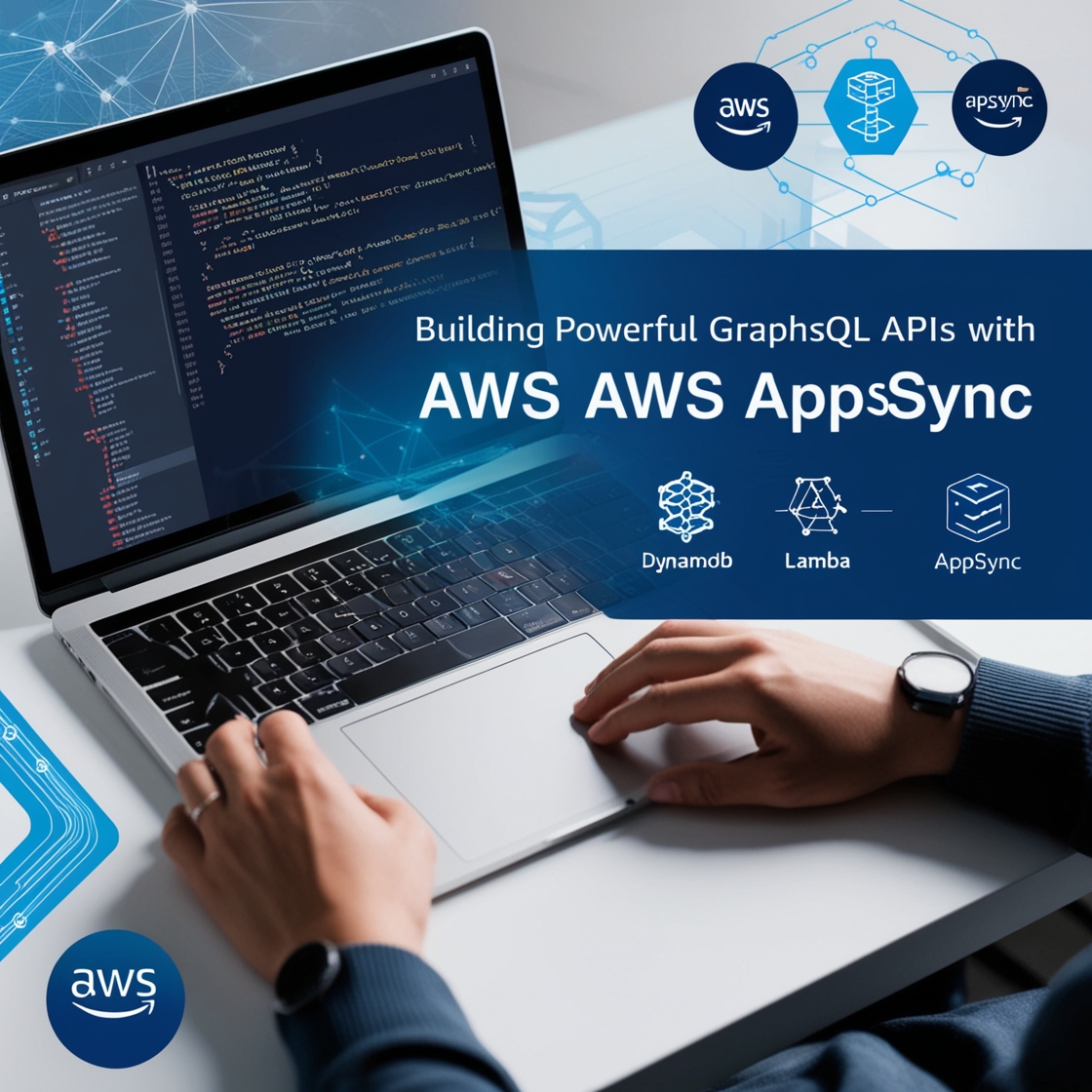DynamoDB, Amazon’s fully managed NoSQL database service, offers a flexible pricing model that can significantly impact your cloud infrastructure costs. In this comprehensive guide, we’ll break down DynamoDB’s pricing structure, provide real-world examples, and share strategies to optimize your costs.
Table of Contents
- On-Demand vs. Provisioned Capacity
- Read/Write Capacity Units Explained
- Additional Features Pricing
- Cost Optimization Strategies
- Real-World Pricing Examples
On-Demand vs. Provisioned Capacity: Choosing Your Pricing Model
On-Demand Pricing
On-demand pricing offers pay-per-request pricing, ideal for unpredictable workloads. You only pay for the actual reads and writes you perform, with no need to specify capacity in advance.
Example:
Read Request Units: $1.25 per million requests
Write Request Units: $6.25 per million requestsLet’s say your application performs:
- 10 million reads per month
- 5 million writes per month
Monthly cost calculation:
- Reads: 10 * $1.25 = $12.50
- Writes: 5 * $6.25 = $31.25
- Total: $43.75
Provisioned Capacity
Provisioned capacity requires you to specify your expected read and write capacity units (RCU/WCU) beforehand, offering better cost predictability for consistent workloads.
Example:
Read Capacity Units (RCU): $0.00013 per RCU per hour
Write Capacity Units (WCU): $0.00065 per WCU per hourFor an application requiring:
- 100 RCUs
- 50 WCUs
Monthly cost calculation:
- RCUs: 100 * $0.00013 * 730 hours = $9.49
- WCUs: 50 * $0.00065 * 730 hours = $23.73
- Total: $33.22
Understanding Read/Write Capacity Units
Read Capacity Units (RCUs)
- 1 RCU = 1 strongly consistent read per second for items up to 4KB
- 1 RCU = 2 eventually consistent reads per second for items up to 4KB
Real-world example:
A social media application storing user profiles (3KB each) with 100,000 profile reads per hour:
Calculations:
- Reads per second: 100,000 / 3600 ≈ 28 reads/second
- Using eventually consistent reads: 28/2 = 14 RCUs neededWrite Capacity Units (WCUs)
- 1 WCU = 1 write per second for items up to 1KB
Example:
An IoT application writing sensor data (0.5KB per record) with 50,000 writes per hour:
Calculations:
- Writes per second: 50,000 / 3600 ≈ 14 writes/second
- Each record is 0.5KB: 14 WCUs neededAdditional Features Pricing
DynamoDB Streams
- $0.02 per 100,000 read requests from DynamoDB Streams
Example:
Processing changes for an e-commerce order system:
Monthly stream reads: 1 million
Cost: (1,000,000 / 100,000) * $0.02 = $0.20Global Tables
- Replicated write capacity units
- Data transfer between regions
Example:
Replicating a table between us-east-1 and eu-west-1:
Original table cost: $100/month
Replication cost: Additional $100/month
Data transfer: $0.02/GB
Total: Approximately $200/month + transfer fees
Cost Optimization Strategies
1. Auto Scaling
Implement DynamoDB Auto Scaling to automatically adjust provisioned capacity based on actual usage patterns.
Example:
Base capacity: 50 RCUs
Maximum capacity: 200 RCUs
Target utilization: 70%2. Reserved Capacity
Purchase reserved capacity for long-term consistent workloads to receive significant discounts.
Example savings:
Standard pricing: $100/month
1-year reserved capacity: $70/month (30% savings)
3-year reserved capacity: $50/month (50% savings)3. Table Design Optimization
Optimize table design to minimize read/write units:
- Use sparse indexes
- Choose appropriate partition keys
- Implement efficient query patterns
Example:
Before optimization:
- Querying by non-partition key
- Required 100 RCUs for table scan
- Cost: $13/month
After optimization:
- Added Global Secondary Index
- Requires 10 RCUs for direct query
- Cost: $1.30/month
Real-World Pricing Scenarios
Scenario 1: Small Web Application
- 1 million reads/month
- 200,000 writes/month
- Average item size: 2KB
On-Demand Pricing:
Reads: (1,000,000/1,000,000) * $1.25 = $1.25
Writes: (200,000/1,000,000) * $6.25 = $1.25
Total: $2.50/monthScenario 2: Enterprise Application
- 100 million reads/month
- 20 million writes/month
- Average item size: 4KB
Provisioned Capacity:
Required RCUs: 40
Required WCUs: 8
Monthly cost: $36.50
Reserved capacity savings (1-year): $25.55/monthConclusion
DynamoDB’s pricing model offers flexibility to accommodate various workload patterns and budget constraints. By understanding the pricing components and implementing optimization strategies, you can maintain cost-effective database operations while scaling your applications.
Remember to:
- Choose the appropriate capacity mode based on your workload
- Monitor and optimize your usage regularly
- Consider reserved capacity for predictable workloads
- Implement proper table design and query patterns
For the most current pricing information, always refer to AWS’s official pricing page, as rates may vary by region and can change over time.
Reference: aws dynamodb pricing
Recent Post : AWS lambda layers








1 thought on “Understanding DynamoDB Pricing: A Complete Cost Analysis Guide for 2024”